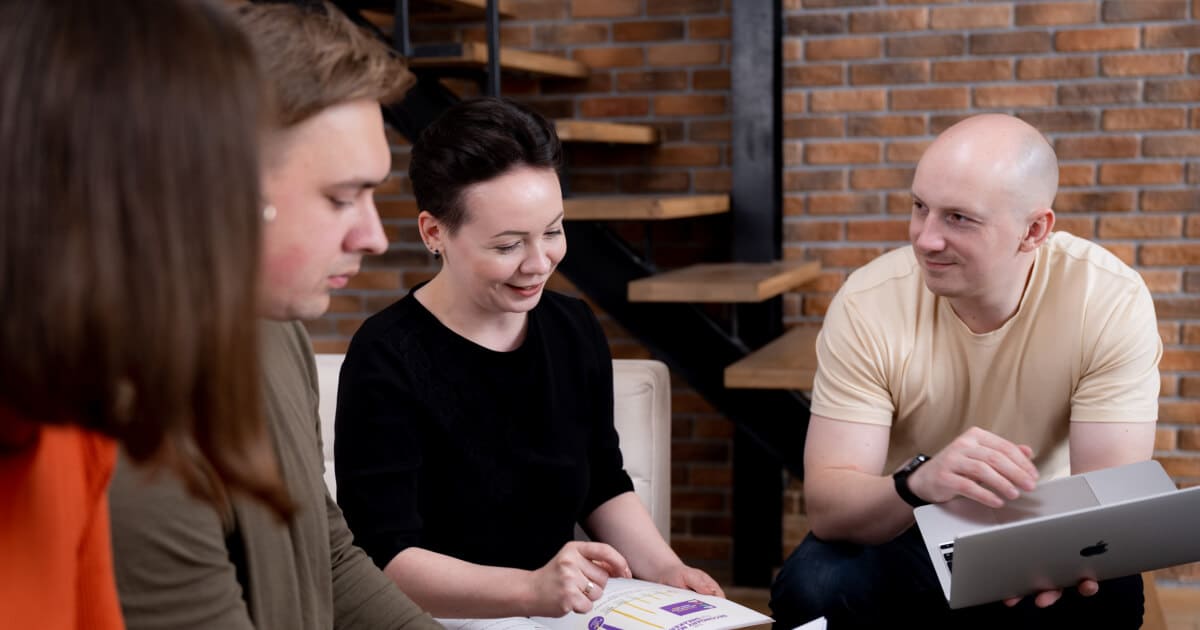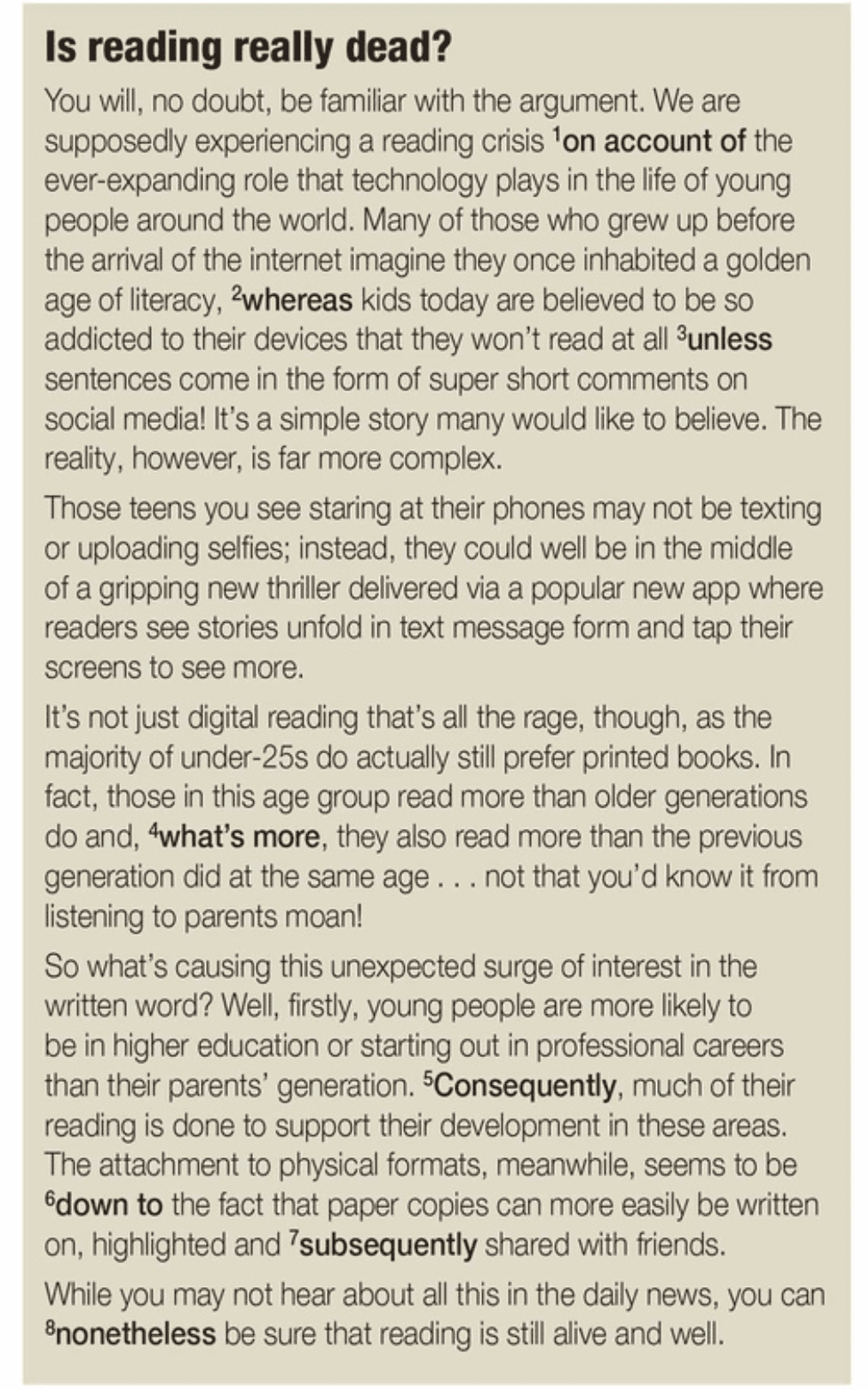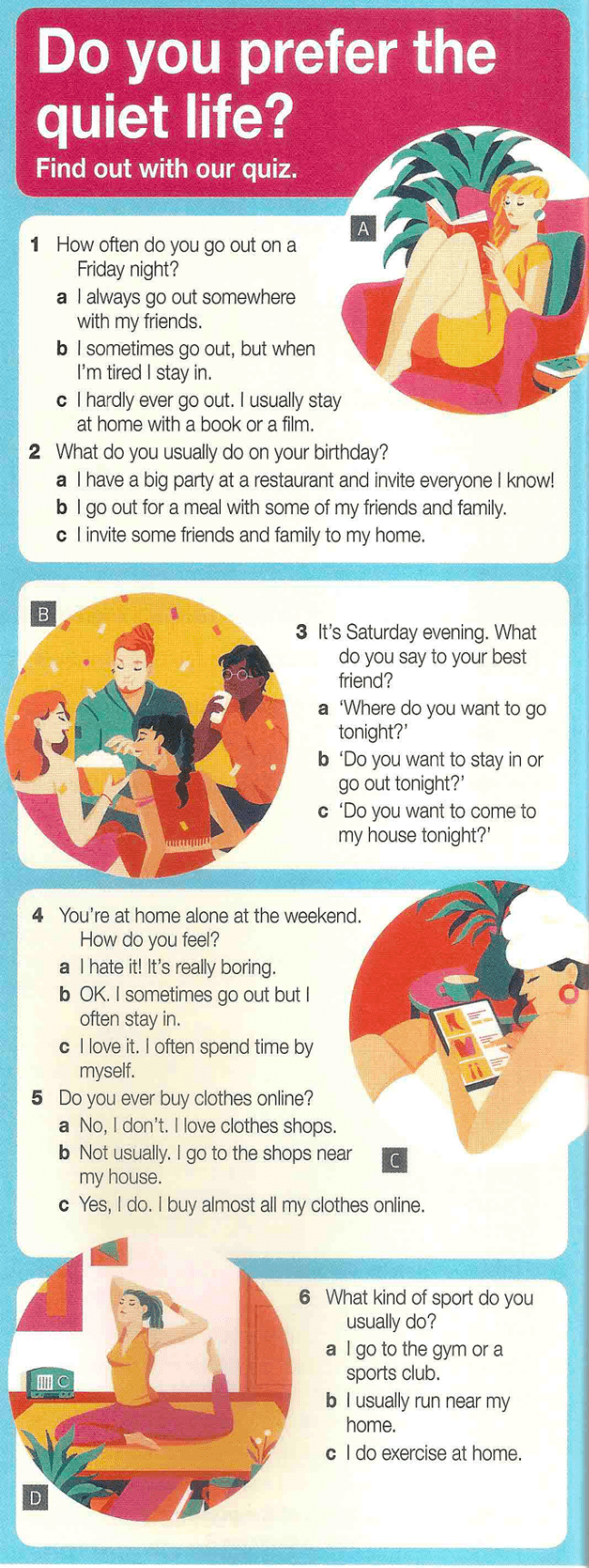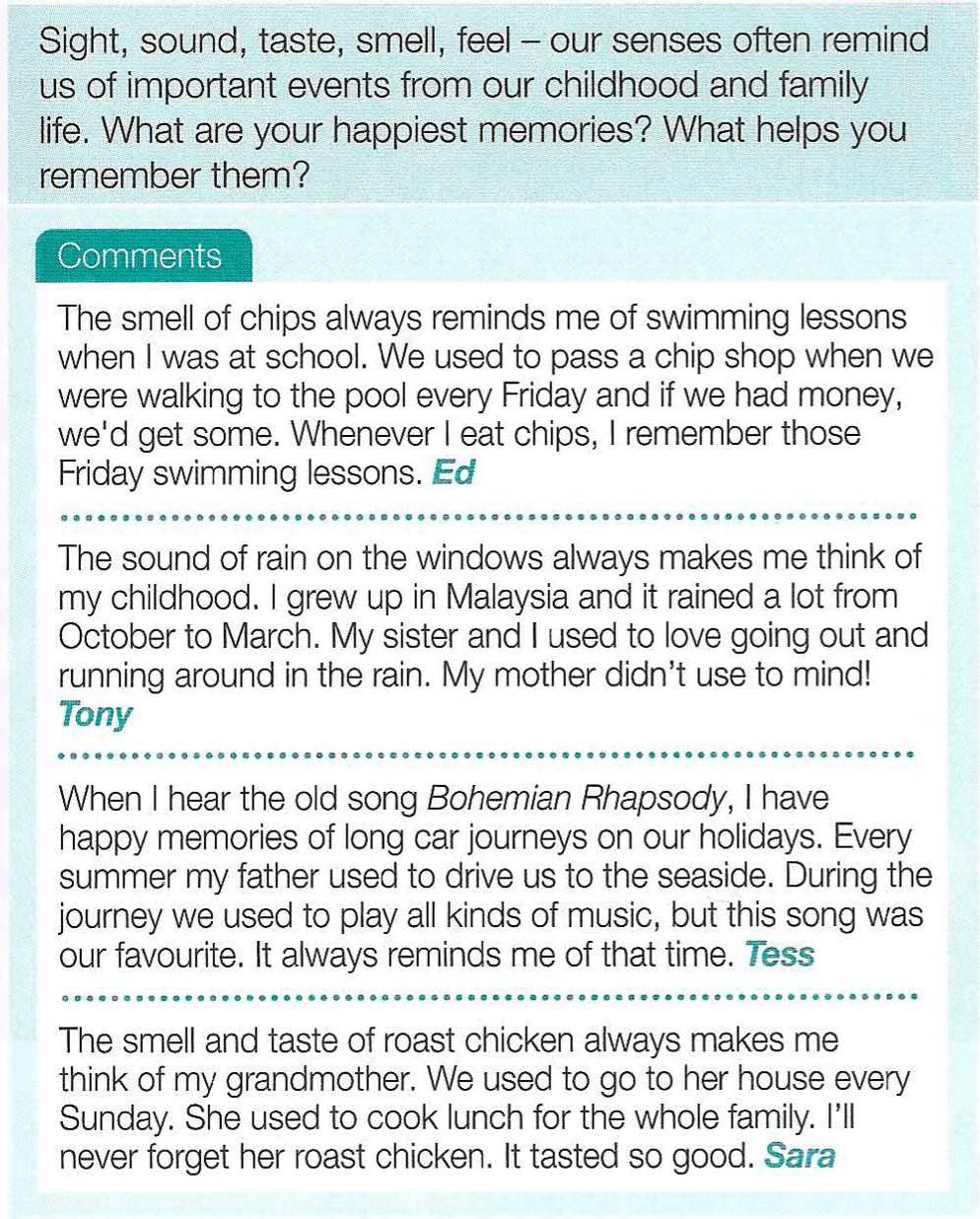Let’s talk about time in ELT: How much time do you need to learn English?
- Cambridge English
- Teaching qualifications
- Tips & Strategies
- Methodology

14.12.2022
Tick the items that belong to 'texts':
Grammar can be taught in many different ways. Teachers can use a traditional PPP lesson framework to teach grammar and they can also make their lessons more student-centred, and use a variety of other lesson frameworks. Using a text-based approach for grammar presentation is one of them.
If you ask your students where they usually find new grammar or vocabulary in everyday life, the answer will be 'texts'. These can be stories, articles, comic books, videos, and many more that are full of relevant and engaging language for students to discover which is something that sometimes grammar books might not be. In this blog, we will talk about how to introduce language through texts.
Let's have a look at some examples of texts and decide what grammar can be taught through them. Here are some texts from the coursebooks I use with my students. Look at them and choose the best answer.

Taken from Roadmap B2+ SB, p.80
Look at the words in bold in the text. What are they?
Task 2

Taken from Roadmap A2 SB, p.26
What grammar can be taught through this quiz?
Task 3

Taken from Roadmap B1 SB, p. 17
Here's another example. What can you teach with this?
As you can see, the range of topics and grammar structures we can teach with texts is quite wide, and it's a good idea to use texts for teaching grammar because:
First, we need to prepare students for what we are going to teach in a particular lesson. At this stage, involve students in the context of the lesson, i.e. raise interest in the topic. This stage of the lesson should last 3-7 minutes. It is good practice to link the lead-in to what they will do later in the freer practice.
IMPORTANT: Remember that when grammar is the focus of the lesson, you don't need to focus on it at the beginning of the lesson. The topic of the lesson and the target language are different things.
Students read and/or listen to the text. They need to understand the main idea of the text before they will be ready to analyse the grammar in it. Give them one little task to complete in order to help them get the gist of what they are reading or listening to. Such a gist activity can be the task of choosing a title for the text, or giving an answer to one or two questions, etc.
This stage is called "exposure to target language" because students encounter the target language in context for the first time in class.

Practical tips for teaching English to YL online
Read moreAt this stage, encourage students to recognise grammatical patterns present in a sample provided.
In fact, students probably still think it's a reading or listening lesson. So at this point, you basically have to tell them that there's grammar here that they need to look at.
This can be done through colour coding, putting things in different order, providing questions that will help students notice these patterns, etc. You can, for example, ask students to underline all the verbs in the text (then you can point out the fact that they are all in the Present Perfect). Or simply write sentences containing target language examples on the board and ask students to identify what they have in common.
Again, the sole purpose here is only to shift students' attention to grammar.
IMPORTANT: Any sentences you use at this stage should be taken directly from the text.
At this stage, you are actually teaching. It is necessary to explain the aspects of meaning, form and pronunciation to students as in other types of lessons . You can do this through a presentation (i.e. explaining the TL on the board) or make students discover rules about MPF through TL examples, using CCQs and eliciting.

Starting off with meaning and use is very helpful because students usually have a lot to say about this. After that, focus on the form, because students will be more familiar with what they are saying and why they are using it. You might want your students to think aloud and figure out the grammatical rules on their own or collaboratively. This is a great opportunity for students to work together, to peer-teach and give each other the input that they might need.
As a teacher, you provide them with immediate feedback if they, for example, overgeneralise or come up with the wrong rule. You either add to the information on the grammatical form or provide an explanation if this is necessary. Check students' understanding of the concept by asking CCQs or through a task, for example, True/False, multiple choice questions in order to be able to highlight the most important aspects of the TL.
IMPORTANT: You should use sentences you mentioned to the class during the previous stage so that you can explain their meaning, form, and pronunciation. Spending the first 15-20 minutes of your session on a specific text with specific examples of the target language will be a huge waste of time and resources if you decide to work with completely different sentences at the stage of language focus.

Using tasks in language teaching
Read moreLastly, we would want the students to engage in a meaningful practice. Once the language has been introduced, once they've analysed it on their own, questions have been answered, everything has been clarified, they are ready for the practice.
Remember, the goal is for students to practice grammar fluency, so don't interrupt them with corrections. After the activity, you can correct the mistakes by writing examples on the board and get feedback by asking students what they think should be right.
It makes it worth using text-based grammar presentation technique because:
Learn more about using flashcards in ELT!
Yulia Chorna
Author
Product Manager at Grade University | Experienced Educator in General, Business English & Exam Prep | ELT Conference Organiser | Speaker at TESOL & IATEFL Conferences | Passionate About Teacher Development & Educational Innovation
Comments
Leave your comment